One-tank Trip: St. Helena's Penn Center tells the rich history, Gullah culture of Sea Islands
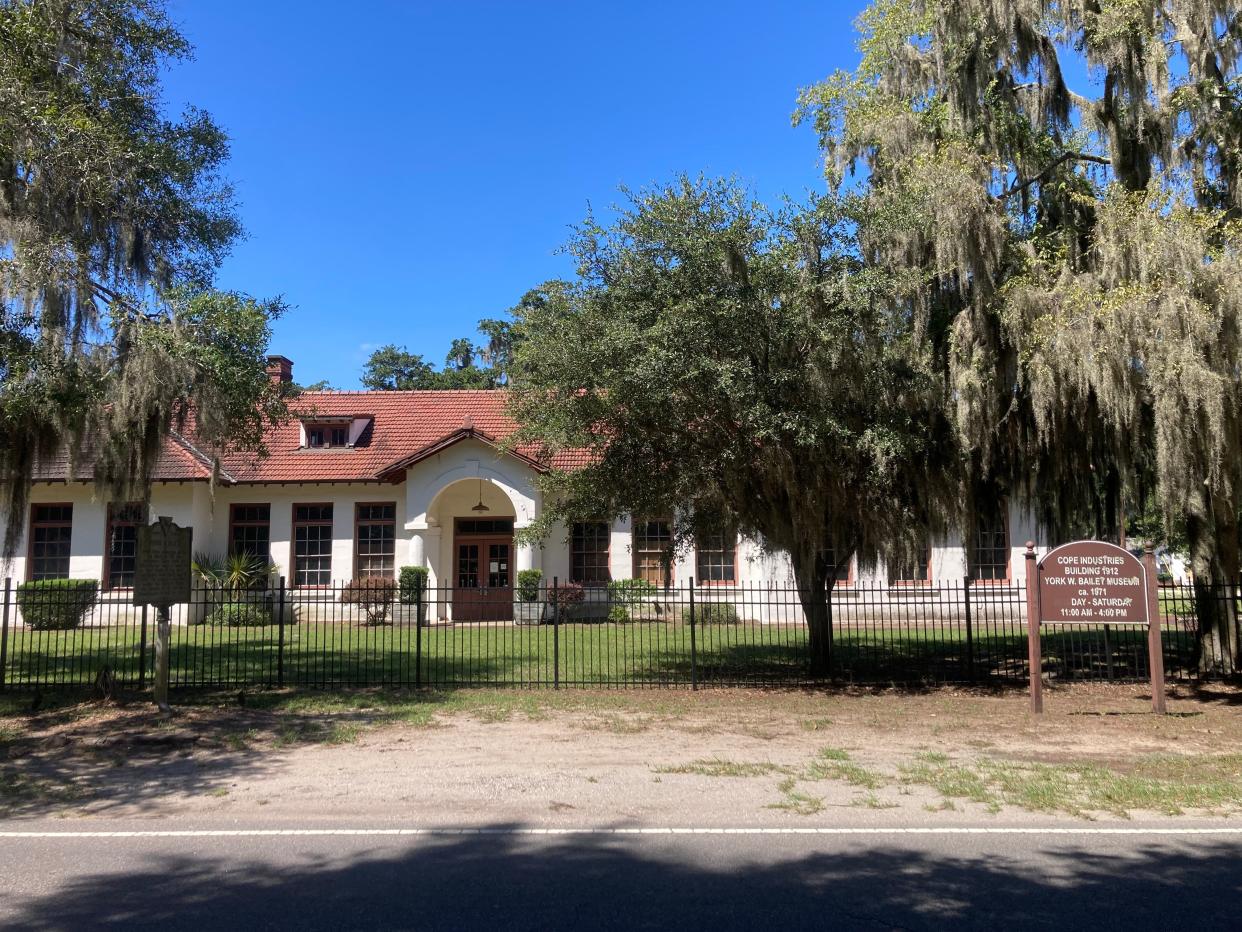
- Oops!Something went wrong.Please try again later.
If you’ve spent time in Beaufort County, South Carolina, likely Hilton Head, its golf courses, tall pines and copious palm trees come to mind. Or if someone you know serves in the U.S. Marines, perhaps Parris Island stands as your frame of reference. Maybe camping, birdwatching or beachcombing intrigues you, and you’ve found Hunting Island State Park, or Port Royal’s Cypress Wetlands for your outdoor adventures.
Yet, even with all these, there’s still much more to Beaufort County.
St. Helena, a roughly 64 square-mile island eight miles outside the city of Beaufort, is one of the region’s most culturally significant Sea Islands. Rich with Gullah culture and steeped in Reconstruction and Civil Rights Era history, the island is most famously home to the Penn Center, which serves as both historic national monument and continues as local community hub.
Just 40 miles northeast of the Hostess City, visiting the Penn Center makes for an accessible and special one-day getaway.
Get Lost: Reflect on the history while taking in Harris Neck National Wildlife Refuge
Brief Escape: New conservation grant will aid centuries of Jekyll Island's plants, animals
One-tank Trip: Port Royal Sound's coastal marshes teem with life and adventure
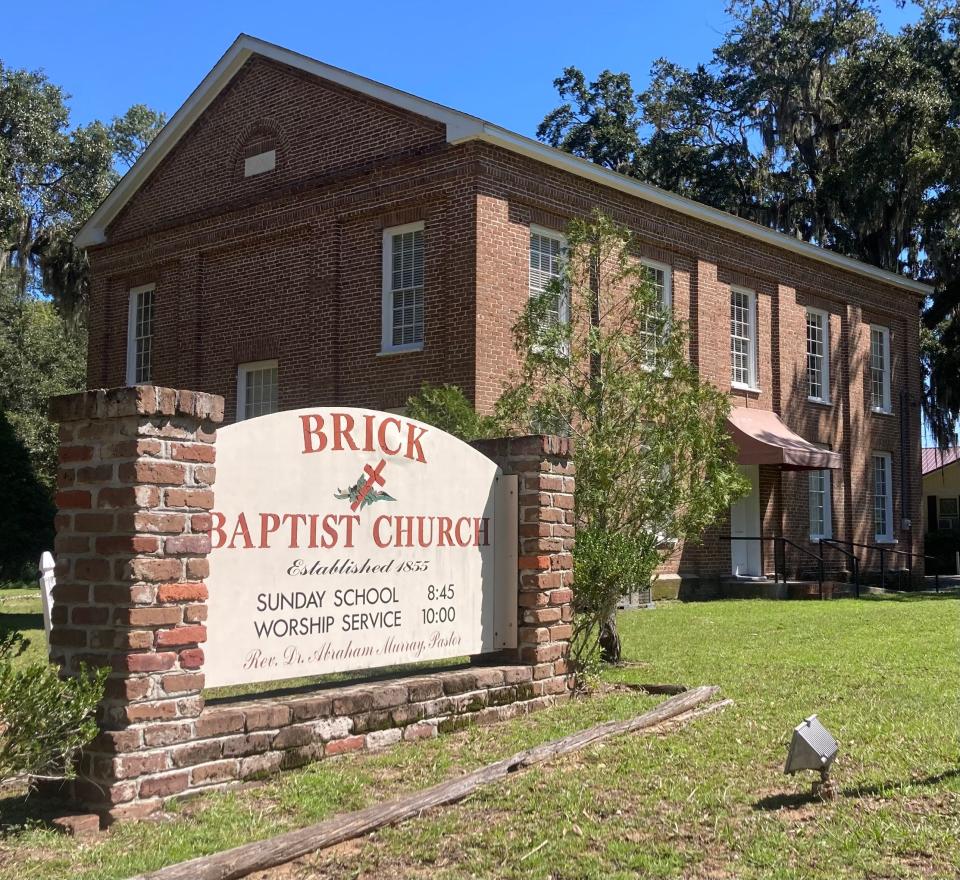
Penn Center is living history of the arc toward justice
The Center’s origins are unique. When Union forces occupied South Carolina’s Sea Islands at the beginning of the Civil War, the enslaved inhabitants were among the first to be emancipated. By November 1861, communities of freed people had coalesced on the islands where many purchased inexpensive land from newly abandoned plantations. There, residents began homesteading, thriving and remaining close to their West African heritage.
Hastings Gantt, a freedman, entrepreneur, community leader and landowner, donated 50 acres of his holdings to establish the Penn School in 1862—nearly three years ahead of the 13th amendment and official abolition of slavery. Soon after, teachers and Unitarian abolitionists, Laura Town and Ellen Murray, arrived from Pennsylvania as the institution’s first instructors. They taught in the Brick Baptist Church to an initial class of 80 students eager to read, write and learn history, arithmetic and music.
Penn students also learned trades. While women focused primarily on household management, men tended toward construction and agriculture. The greater goal was to empower people with broad knowledge and diverse skills for self-sufficiency while also encouraging interdependence as a community. As the school grew, students and instructors—at times both men and women—united to construct many of the 23 historic buildings on campus.
Open Monday through Saturday 9 a.m. to 4 p.m., the Penn Center now offers a couple of ways to study its history. You can park and walk the grounds, learning from placards posted outside most of the buildings, or you can check into the Courtney Siceloff Welcome Center and purchase a docent-led tour, which costs $20 and directly supports the monument.
The day I visited, I opted for the docent tour. We began in the Cope Building, formerly home to harness-making, wheelwrighting, basketry, carpentry and cobbling, but now featuring thousands of historical photos, writings and a timeline of the school.
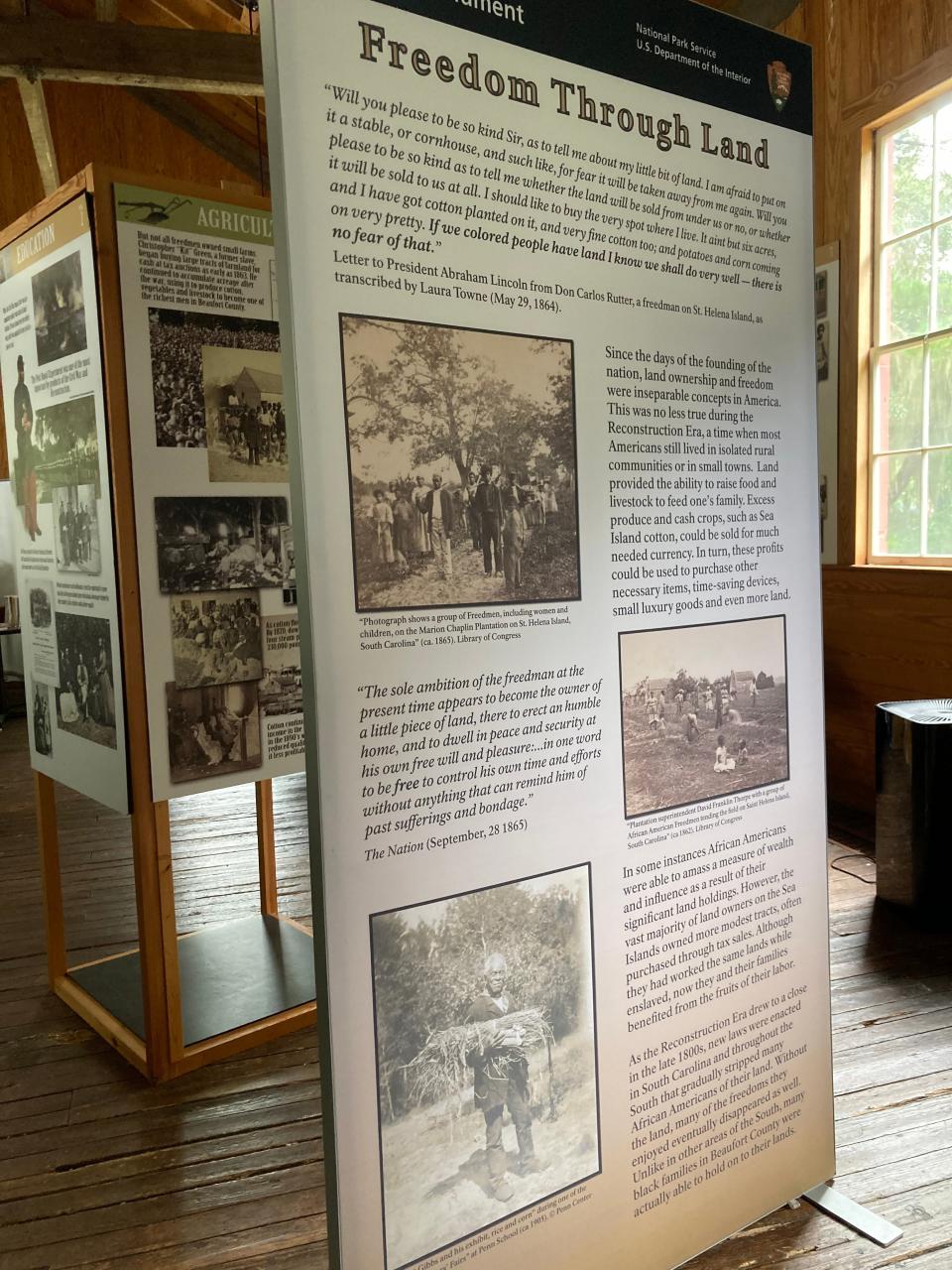
The docent was a bright, animated woman, retired, and determined to share the magic of her Gullah language with each visitor. From a large woven basket, she handed us words and phrases on small slivers of paper, and our group worked to translate the creole from context clues. A mix of West African languages and a smattering of English, the exercise was a fun, expressive way to learn a little more about many of the people living on St. Helena.
The docent also revealed how the Center was considered safe haven during the turbulent Civil Rights Era. Leaders of the Southern Christian Leadership Conference and the Rev. Dr. Martin Luther King jr. spent a great deal of time at Penn. Far from Atlanta, Birmingham and Selma, the Center was a welcoming refuge for King, his team and other allies to meet, strategize and recharge during the long and dangerous battle for civil rights.
On the south east edge of campus stands Gantt Cottage. Painted crisp white, its modest front porch and four rooms betrays the mighty strides taken within towards social justice in America. At various times, Phillip Randolph, Bayard Rustin and Roy Wilkins of the NAACP all met here with King in planning the 1963 “March on Washington.”
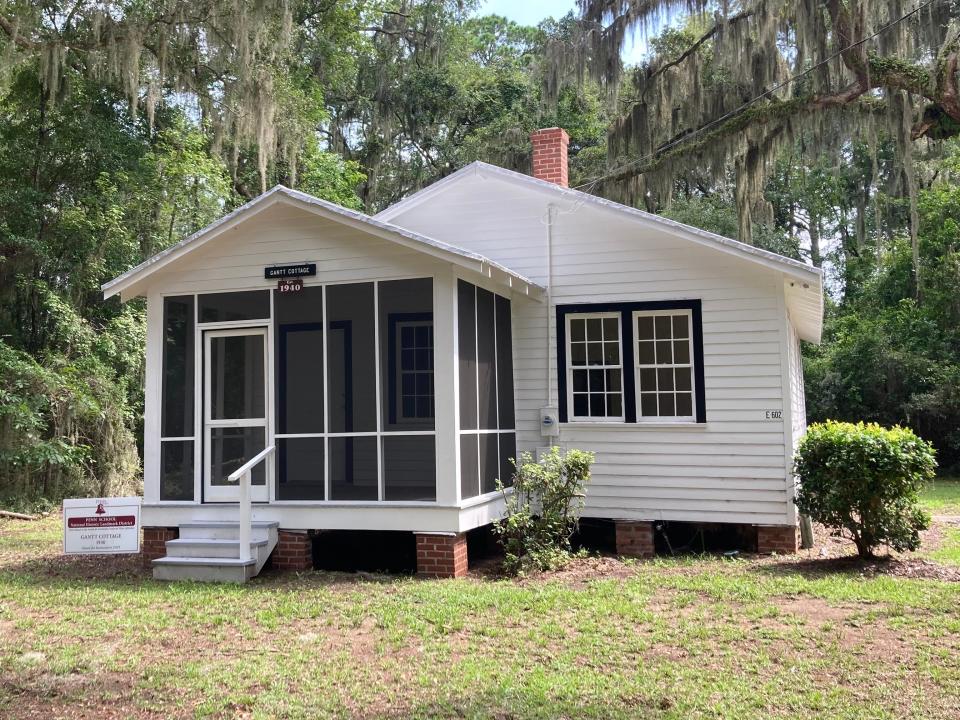
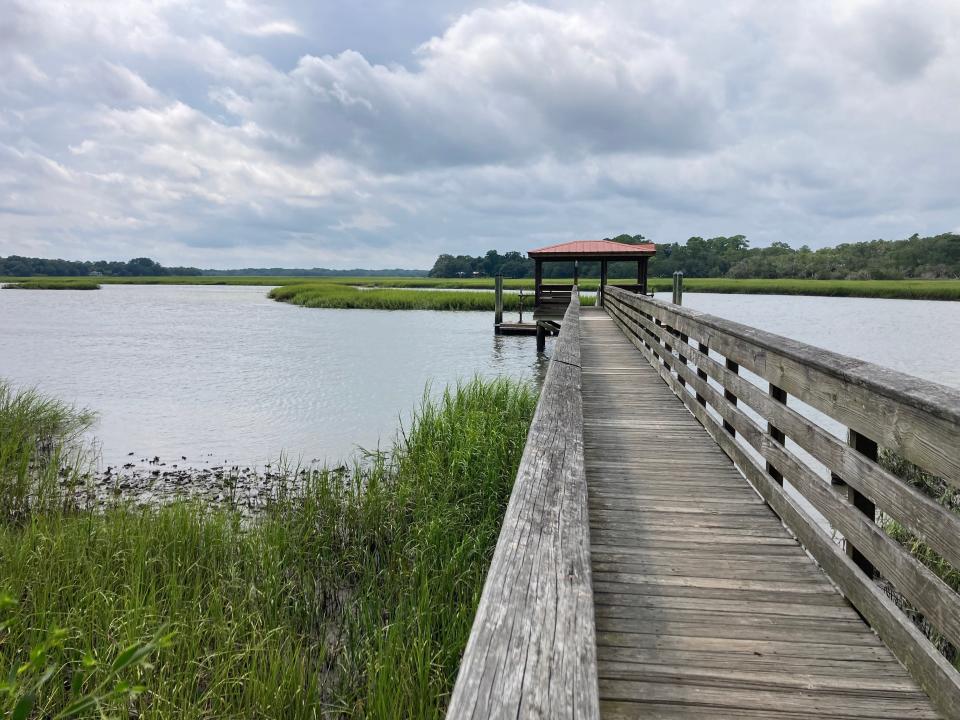
Gantt Cottage is also where Dr. King wrote a significant portion of his “I Have a Dream” speech.
You can’t go inside, but you can walk around the cottage and peer into its windows. Which is exactly what I did several times. I envisioned King—late night, his desk illuminated by oil lamp—tussling with words and phrases, wrestling with how precisely to convey his very pressing message. That you can be so close to the space his great mind occupied is a humbling experience. It makes you feel like that arc of the moral universe is a little shorter, and you have the efficacy to bend it more directly toward justice.
And yes, the small house is named after the Penn Center’s first benefactor, Hastings Gantt, a man empowered a century earlier as landowner, politician and businessman whose name graces the very space where King contemplated his dreams of equality. And surely, as King and his cohort persevered here through the 1960s, the moral arc did bend upon itself full circle at Gantt Cottage.
When you visit Penn Center, give yourself at least three hours to explore the grounds and learn its history. There’s truly a trove of knowledge here requiring a good half day to fully absorb, plus a nice walking trail that leads to the waterfront and loops behind the marsh-facing part of campus.
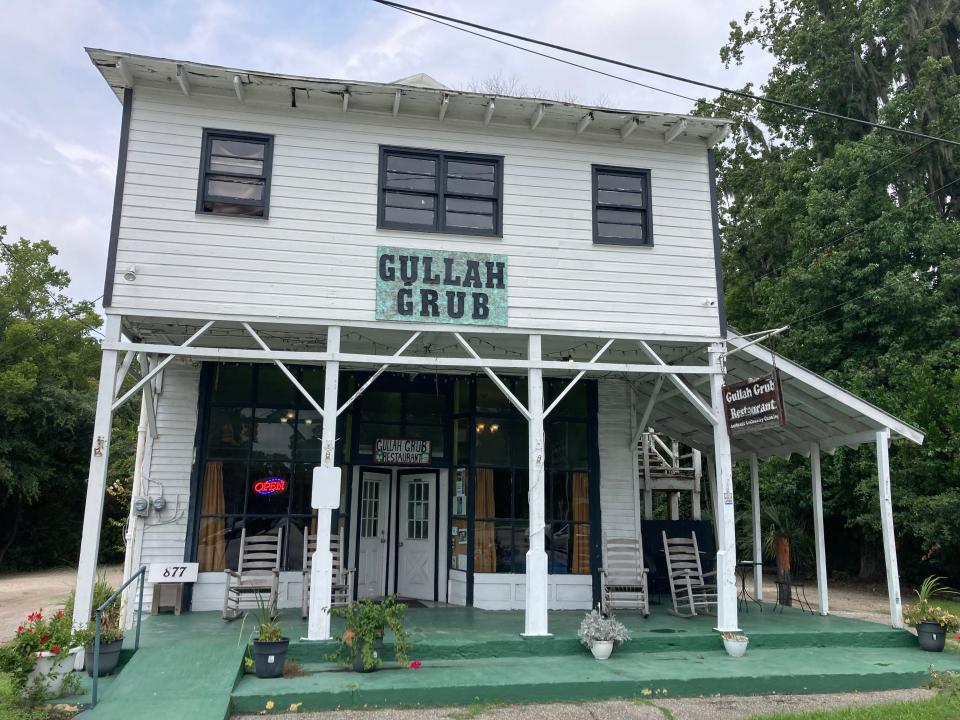
Where to find authentic local fare on St. Helena
When you finish at Penn, you will be hungry. And on St. Helena, you have a couple of eatery options like Gullah Grub, proudly independent and locally owned serving traditional shrimp and chicken gumbos as well as BBQ pork ribs. The fried shark strip lunch is a popular item that often sells out early.
Across the street from Gullah Grub is The Foolish Frog, another popular restaurant serving a range of local seafood dishes, including their own famous frog legs. Mostly, wherever you choose to eat on or near the Sea Islands, you really can’t go wrong with a local shrimp or crab dish.
Finally, a stroll on the beach at Hunting Island State Park is a relaxing way to wrap up the day and possibly work off some of those Gullah Grub BBQ pork ribs. Admission is $8 per adult and $4 for children ages 6 through 15. The park’s white sand beaches are striking, and the photos you can snap of soft sunsets and driftwood against the shifting palette of the Atlantic will be memories you treasure from a day of deep learning and adventuring.
This article originally appeared on Savannah Morning News: Explore St. Helena's Penn Center for history, culture and nature

